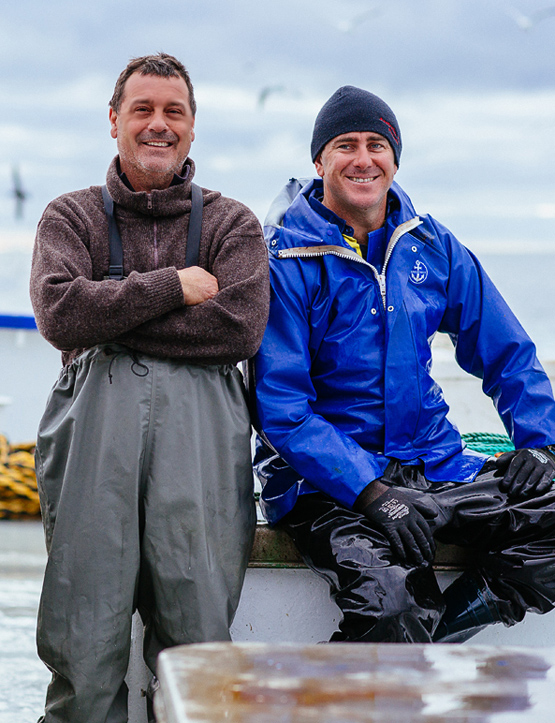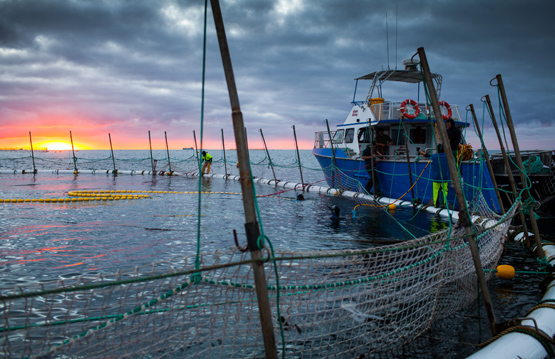In the wild, SBT are distributed throughout the southern oceans, with one known spawning ground in the northern Indian Ocean between Western Australia and Indonesia. Fishing for SBT occurs in the Great Australian Bight (GAB), where SBT migrate to feed from December each year; some fish residing in the GAB for long periods of time. Fish are caught using the ‘purse seine’ method, which is a highly selective fishing method causing no damage to marine habitat. Once encircled, the SBT are transferred into towing pontoons and towed to Port Lincoln, where they are transferred to ranching pontoons and held for a period of around 6 months. Every fish that is caught has an identification tag, with the weight and length of the fish recorded. This information is then collected by the Commission for The Conservation of Southern Bluefin Tuna (CCSBT).

Water flow and circulation in Spencer Gulf is heavily affected by currents and upwelling in the Great Australian Bight. Water is drawn up the western side of the gulf and expelled past Kangaroo Island on the eastern side of the gulf, making the waters near Port Lincoln the ideal location for tuna ranching.
Once the farming operation begins the fish are fed a specially balanced diet made up of nutrients, protein and fat. This includes local fresh and frozen sardines, as well as high fat content fish such as herring, pacific saury, squid and mackerel. SBT are a robust yet delicate fish and require a low stress environment and careful handling to maximise growth and flesh quality. The specialised technique “Ike Jime” is used to harvest the fish, with every fish meeting a set criteria to be ready for market.



